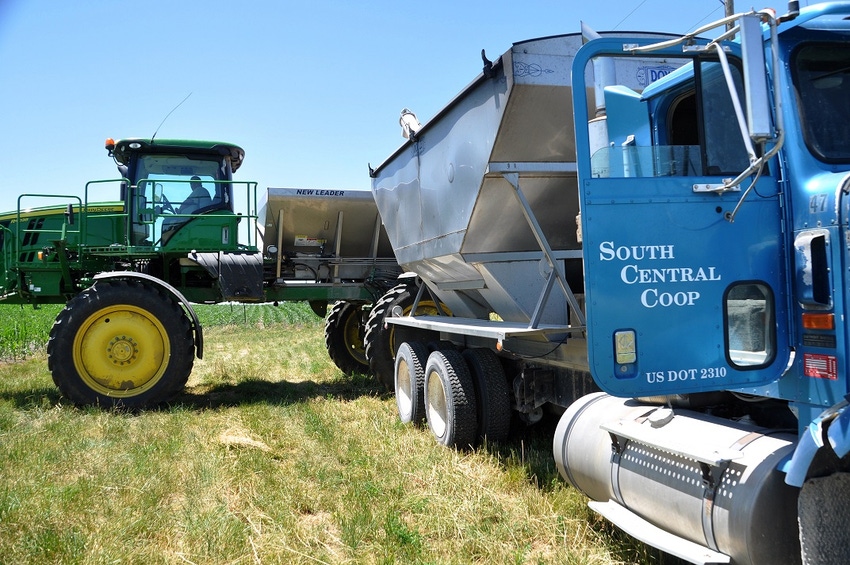
On a recent webinar with over 1,300 lenders and regulators, I shared some data analysis that shows producers in the top margins on profitability are also more likely to have lower fertilizer costs by $20 to $50 per acre. Politely stating his surprise, one of the participating bankers asked how this was accomplished. That’s a great question.
First, some producers who are cutting fertilizer uniformly across all fields are actually missing the target for expense reduction. In other words, they are gaining immediate improvement on cash flow and the income statement, but reducing long term agronomic health, which will undoubtedly tip any savings back to the other side eventually. Those that are profiting from fertilizer reductions are following specific plans that often involve a combination of factors.
Among the producers exhibiting today’s most profitable margins, many are conducting improved soil sampling and zone delineation for precise rates in areas of application. For example, some growing areas may actually receive more (or less) fertilizer based on its growth potential and surrounding environment because the goal is to maximize efficiency both on productive and marginal land. In short, these producers are driving efficiency.
Next, some producers in the top percentage of profitability have diversified farms or are in a region with a large livestock presence. These producers are rotating manure, or what some call the MVP (most valuable product) into their fertilization plans for overall cost savings.
For other producers, they are literally reaping the benefits of long-term crop rotation and no-till practices in their efforts to reduce costs. Of course, this varies according to the region and land management practices, but over time, these practices are proving profitable for many of today’s top producers.
In reducing fertilizer costs, some producers have been able to negotiate price with cash discounts, while others formed buying groups to take advantage of lower bulk rates. Still others follow the fertilizer markets closely in order to lock in prices when seasonal price shifts occur.
As an important side note, cash discounts are a time-honored way of reducing expenses in several areas. A discount of 2 to 3 percent, especially when applied to more than one expense can add up quickly. However, this strategy also requires one to have the cash reserves and working capital (outside of operating lines of credit) so timely discounts can be taken.
The approach of many of today’s top producers can be summarized by the “Five percent rule” coined by Dr. Danny Klinefelter Texas A&M University. His rule is that one should strive to improve several areas of the business by 5 percent. This type of improvement requires one to examine the details and implement smaller changes in various places, instead of making one large cut that may reduce expenses and returns. The banker’s question was an excellent reminder that little changes can really add up.
P.S. Fertilizer costs year-over-year have also been on the downward trend.
About the Author(s)
You May Also Like






